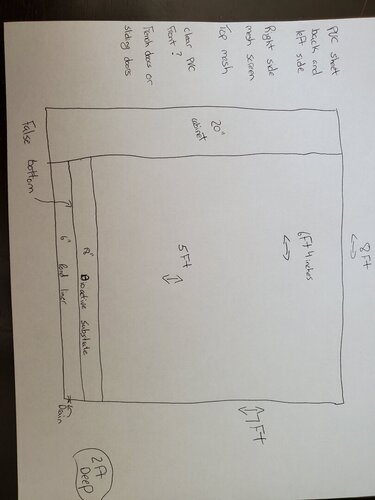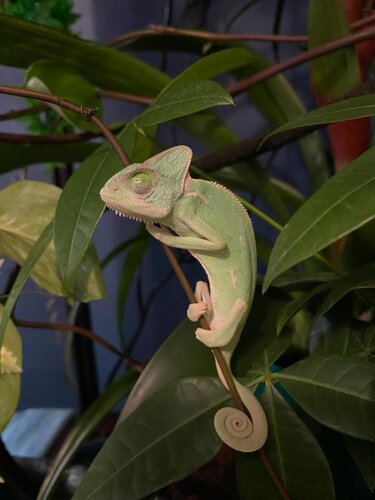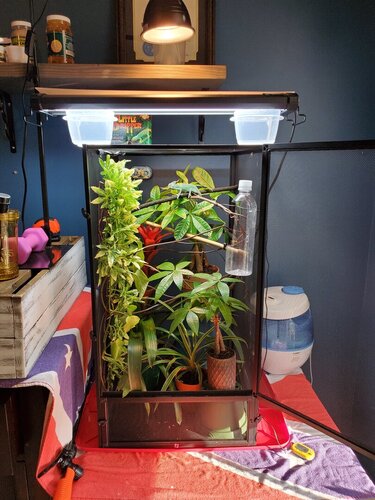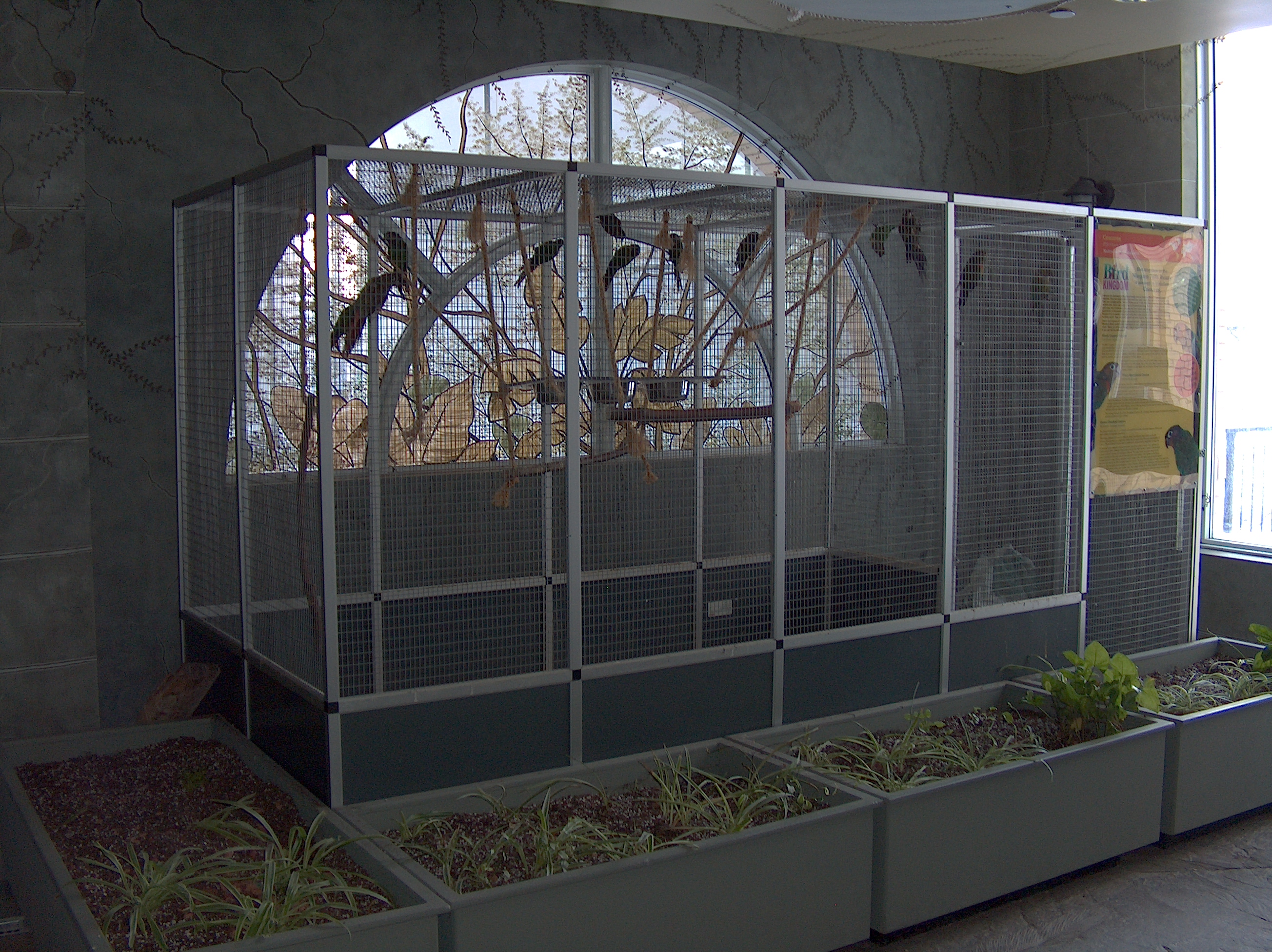SAYiWONT30
Member
Hey guys I'm new being a chameleon owner and have been doing a ton of reading lately. I'm looking to build a large enclosure in the next few months and slowly I'm sure lol. I'm not very good at at designing and building but I can get along ok. I want to build a 8ft long 7ft tall and 2ft deep enclosure with the top and right side mesh. The left side would be closed bc I want to build in a cabinet. Hopefully my bad drawing may help understand what I'm looking to due. I'm wanting to be as cost effective as I can but will spend more if needed to achieve my goals. Plumbing is a big concern i was thinking of a pump and i can run a hose out the door and pump out water just not sure how to do that correctly. Also not sure what materials I can use that are safe. Any comments from anyone who has built something similar and issues they have seen that I can be aware of would be appreciated. I have a young veiled chameleon (from petsmart, I did not know any better till now) not sure of age due to that.




